Jupiter High officers remember 9/11 21 years later
Kevin O’Sullivan, Jupiter High police officer and former New York Police Department lieutenant, was getting ready to leave New York City to come to Fla. when his wife told him a plane had crashed into the World Trade Center. His immediate reaction was to go into work knowing this wasn’t an accident.
The Sept.11 attacks are still remembered for being the most deadly terrorist attack killing up to three thousand people. Even 21 years later, people on the scene continue to suffer from health issues and post traumatic stress disorder.
“Nothing could have prepared [first responders] for this day,” O’Sullivan said. “Until it hits the fan, you don’t know how you are going to react.”
The attacks have left a lasting impact on the United States first responders.
“More police officers have died after 9/11 because of sicknesses and illnesses,” O’Sullivan said.
Candiace Baker, New York Police Department detective during 9/11, developed a chronic cough shortly after being on the scene.
“By 2002 I was experiencing respiratory issues and was diagnosed with asthma, chronic obstructive pulmonary disease, and reactive airways disease,” Baker said.
Soon after she was diagnosed with gastroesophageal reflux disease. In 2007, Baker had been diagnosed with breast cancer.
In addition to continuous physical effects from the day, Baker and O’Sullivan describe what the streets felt and looked like that morning, which they can still picture today.
“It was a scene out of a film. There was broken glass everywhere. There was building debris. There were cars literally turned on their sides,” Baker said.
In response, action taken by the government tightened. Just eight days after the attack, former President George W. Bush, signed the Aviation and Transportation Security Act putting an end to relaxed air traveling.
“Imagine going to an airport and you walk right up to the gate, that’s the way life used to be,” O’Sullivan said.
O’Sullivan arrived at the scene the next morning and explained what it looked like that day.
“Thousands of people live there but there’s nobody around. The streets were [filled] with garbage and ash, the buildings were covered with it, the cars were covered with it,” O’sullivan said.

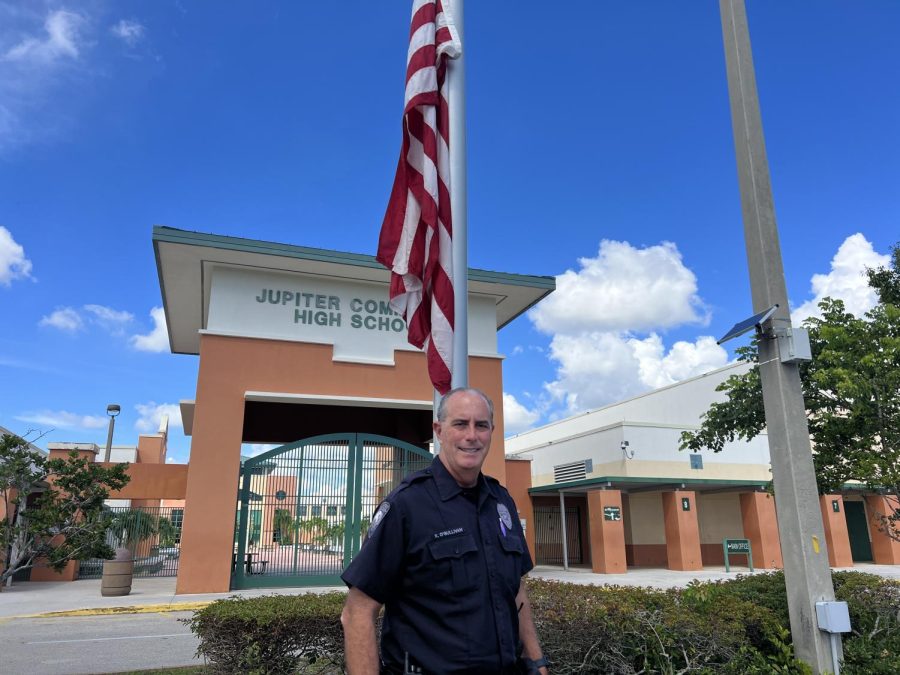
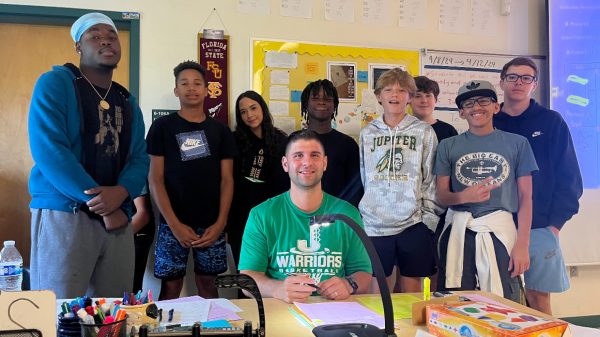

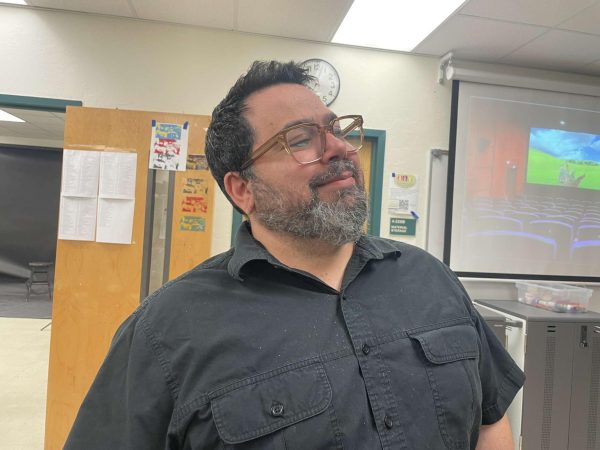
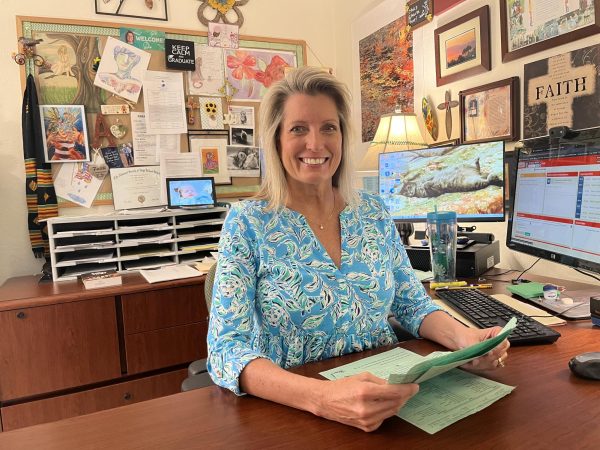
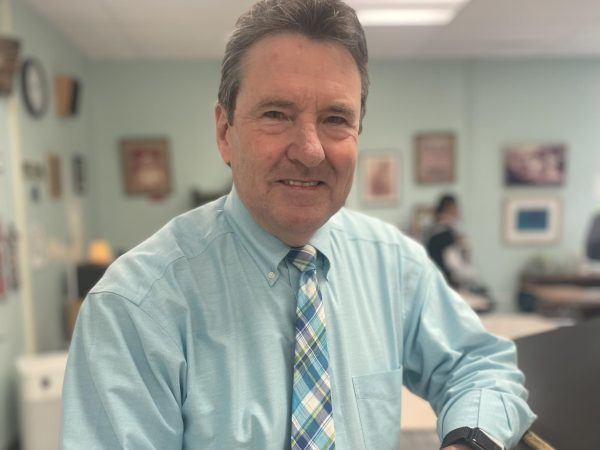
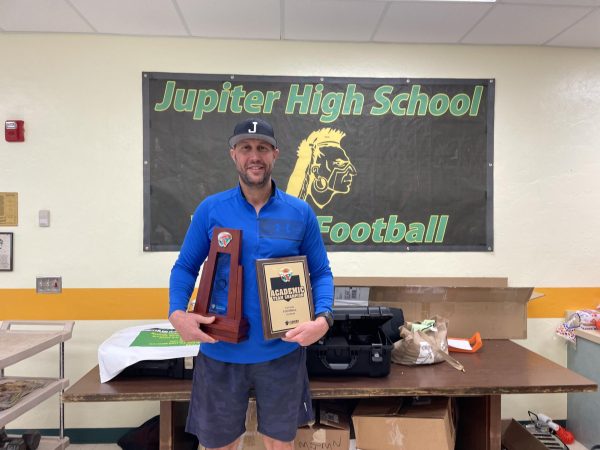

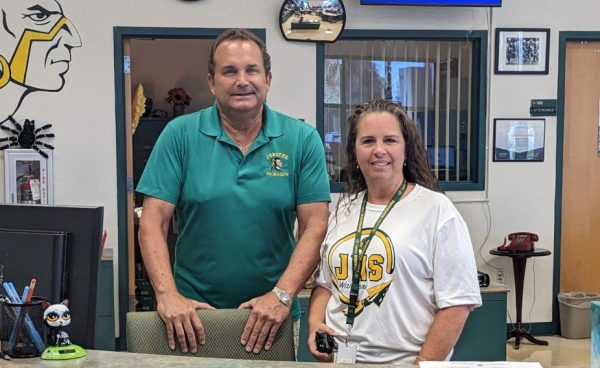
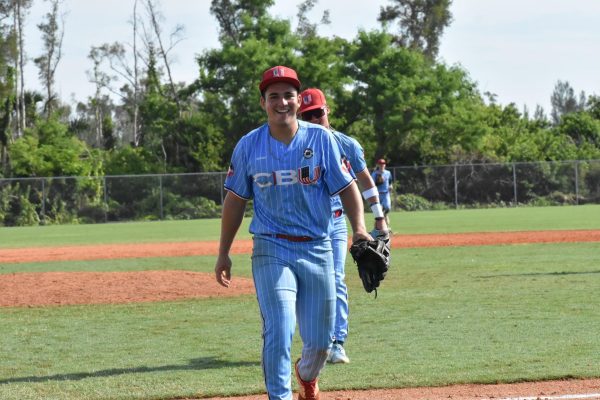
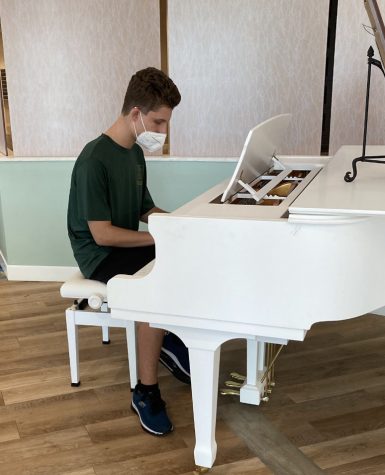
Ann-Marie Dosher • Sep 13, 2022 at 3:33 pm
I really liked this article, thank you.
Barbara smith • Sep 13, 2022 at 2:06 pm
Very well done… I enjoyed hearing it from first responders …
Maggie Reiman • Sep 13, 2022 at 12:22 pm
Excellent reporting on a national tragedy that will never be forgotten.
Our new generations need to learn about this part of history. Thank you for your lesson!